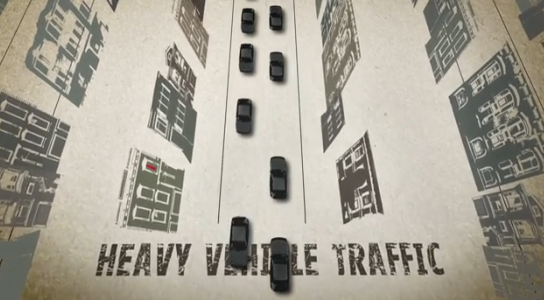Let’s test your knowledge of urbanist heroes. Sure, you know who Jane Jacobs is. But have you ever heard of Donald Appleyard?
Appleyard isn’t often mentioned in the urbanist pantheon, but he should be. His 1981 book Livable Streets (which will be republished in 2011) showed in graphic terms what Appleyard discovered in his revolutionary research on the effect of automobile traffic on people’s everyday lives. It also coined a phrase still in use today.
What Appleyard discovered in his studies — conducted in San Francisco in the late 1960s — is that the more traffic there is on the street, the less connected people on that street will feel to their neighbors and the less ownership they will feel in their neighborhoods.
On lightly trafficked streets, people will use their stoops and sidewalks to play and socialize. The whole street is part of their living space. On heavily trafficked streets, residents sometimes feel that even their own apartments are invaded by the sound of cars.
Appleyard died at the age of 54, not long after Livable Streets was published. In a tragic twist, he was killed by a speeding automobile in Athens, Greece.
His work is more relevant than ever today, and similar results have recently been found in the United Kingdom by researcher Joshua Hart. That’s why it is so terrific that Appleyard’s book has been quite literally reanimated in this video from Streetfilms (disclosure: I used to work at their sister site, Streetsblog).
The video features great graphics illustrating his findings, as well as an interview with his son, Bruce Appleyard. It’s more than a tribute to an underrecognized urbanist. It’s a reminder of how much still needs to be done to make our streets livable.


